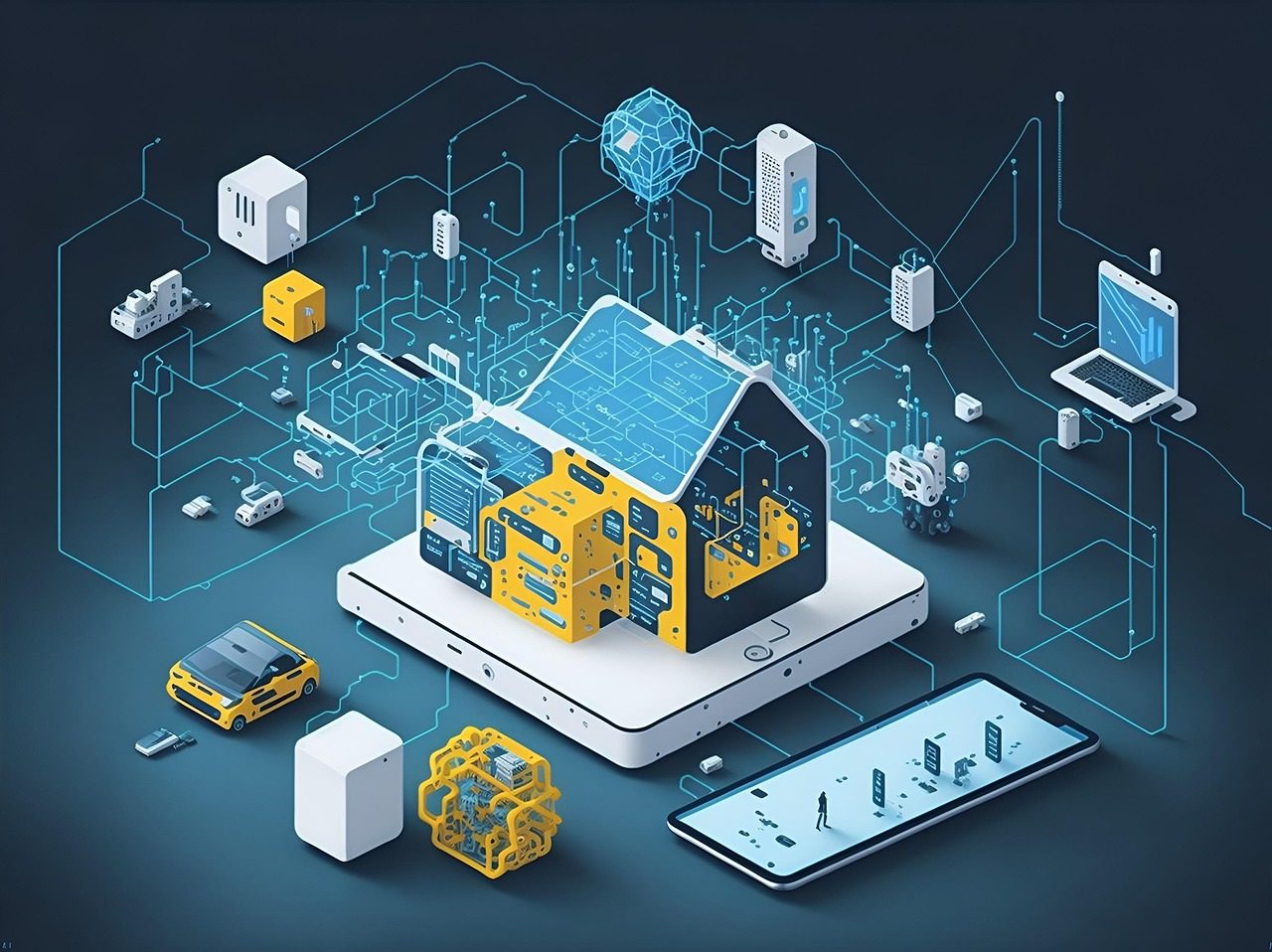Bringing The Smart Office To Life
In the 360 Smarter Stack, Layer 7 is where ideas become physical reality.
This is where technology touches the building — and where users begin to feel the benefits of the smart workplace.
Smart buildings are powered by a network of integrated systems: AV, HVAC, lighting, access control, and IoT sensors. Individually, each system serves a purpose. Together — when deployed intentionally and integrated with data and context (Layer 5) and orchestration (Layer 6) — they form a workspace that is adaptive, efficient, and human-centred.
But deploying smart building systems is not just a technical exercise.
It is:
- Strategic
- Cross-disciplinary
- Experience-driven
- Lifecycle-focused
The goal isn’t only to install devices.
The goal is to deploy systems that work together, evolve over time, and elevate the workplace every day.
Core Smart Building Technology Domains
1. Audio Visual (AV)
AV is often the most visible aspect of the smart workplace — the meeting room experience.
Effective AV deployment prioritises:
- Unified control interfaces that reduce user complexity
- Wireless and frictionless collaboration (BYOD support)
- Hybrid meeting capabilities: AI cameras, acoustic optimisation, auto-framing
- Remote device management (Crestron XiO Cloud, Logitech Sync, Zoom Device Management)
AV should be:
- Standardised across sites
- Easy to support
- Designed around the user, not the installer
If a meeting room requires instructions, the design has already failed.
2. HVAC (Heating, Ventilation & Air Quality)
HVAC shapes both comfort and sustainability.
Modern HVAC in a smart office includes:
- Occupancy-based climate control
- Air quality feedback loops
- Demand-controlled ventilation
- Predictive maintenance alerts
Protocols like BACnet/IP, Modbus, and MQTT enable HVAC to plug into the broader building data ecosystem.
Comfort + efficiency are no longer trade-offs — smart HVAC delivers both.
3. Smart Lighting
Lighting guides focus, helps regulate circadian rhythms, and defines atmosphere.
Smart lighting systems enable:
- Human-centric lighting (HCL) that adjusts colour and intensity throughout the day
- Zoned and task-based control
- Daylight harvesting
- Interoperability via DALI-2, KNX, or BACnet
Smart lighting should enhance wellbeing, not just save energy.
It turns the workplace into a space that responds to people.
4. Access Control
Modern access control is identity-based, integrated, and flexible.
Key capabilities include:
- Mobile credentials (smartphone or wearable as the key)
- Role- and schedule-based permissions
- Integration with booking systems (only authorised users enter reserved rooms)
- Visitor management automation
When access is integrated, movement becomes seamless, not guarded.
Security should feel invisible, not obstructive.
5. IoT Sensors
Think of IoT sensors as the nervous system of the building.
They generate live signals that inform automation.
Types include:
| Sensor Type | Purpose |
|---|---|
| Occupancy / People Counting | Space utilisation, HVAC optimisation |
| CO₂ / VOC / Humidity | Air quality and wellbeing dashboards |
| Desk / Room Sensors | Touchless booking and abandonment detection |
| Smart Meters | Sustainability & ESG measurement |
| Vibration / Thermal / Pressure | Predictive maintenance |
Choosing the right network layer (BLE, Zigbee, LoRaWAN, PoE) impacts scalability and reliability.
The sensor network is only “smart” if it is contextualised and integrated — not just installed.
Smart System Deployment Lifecycle
Smart Procurement
Shift from buying products → to selecting platforms that:
- Integrate easily
- Scale over time
- Support open standards
- Have transparent cybersecurity practices
The key question is not What does it do today?
but How easily can it evolve tomorrow?
Commissioning
Commissioning must go beyond basic function testing.
It should include:
- End-to-end workflow simulation
- Cross-team validation (IT + FM + Workplace + Security)
- User experience walkthroughs
- Environmental verification
- Cyber and network checks
- Digital documentation of settings & logs
Commissioning is where the building is tuned to the people who use it.
Configuration
Configuration is digital architecture — not just setup.
Best practice includes:
- Consistent naming conventions
- Semantic tagging aligned with Layer 5
- Role-based access controls
- Alerting rules that avoid noise fatigue
- API endpoints enabled for orchestration
Configuration determines whether your system is:
- Scalable or fragile
- Intuitive or frustrating
- Actionable or opaque
Reliability, Monitoring & Maintenance
A smart building is only smart if it is reliably operational.
This requires:
- Redundant networking and power for critical systems
- Edge autonomy — systems must keep functioning when offline
- Health monitoring dashboards for every device and subsystem
- Predictive maintenance rather than reactive repair
- Remote diagnostics to reduce response times
When reliability is embedded:
- Trust grows
- Support costs fall
- Adoption accelerates
Reliability is quiet, but it is the foundation of user experience.
Next in the Series
Layer 8: The Physical Environment
Where everything comes together — architecture, acoustics, zoning, materials, biophilia, and space strategy.
Download the Smart Office Readiness Checklist to see where your organisation stands.
Explore our Foundation and Practitioner Courses to start building capability with the 360 Smarter Stack.

No responses yet